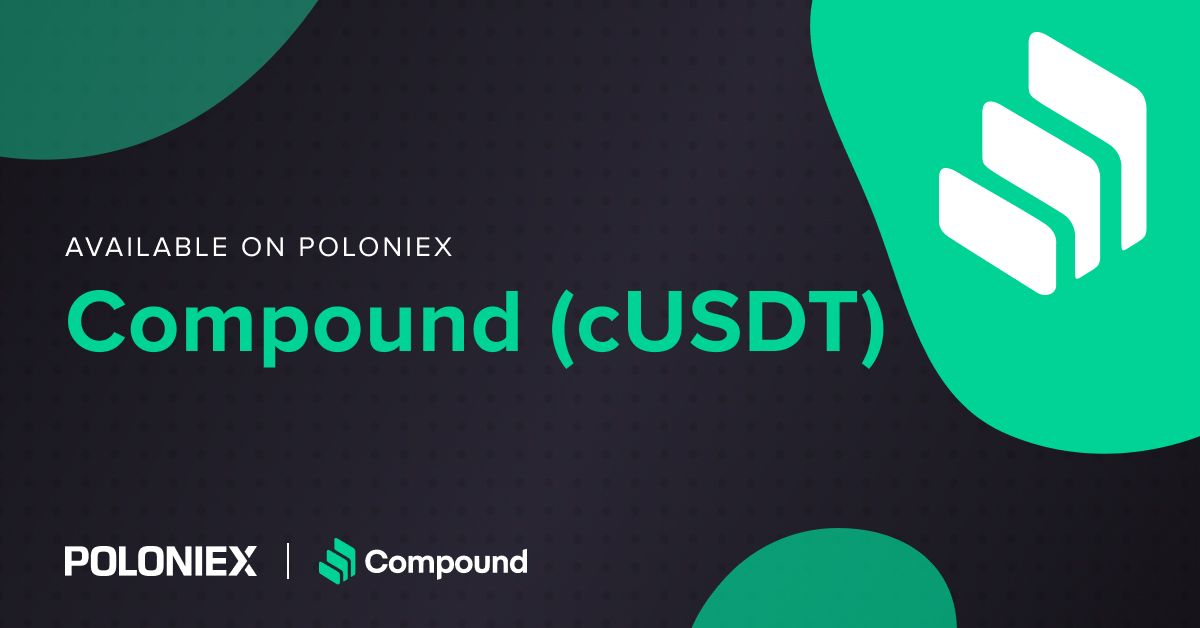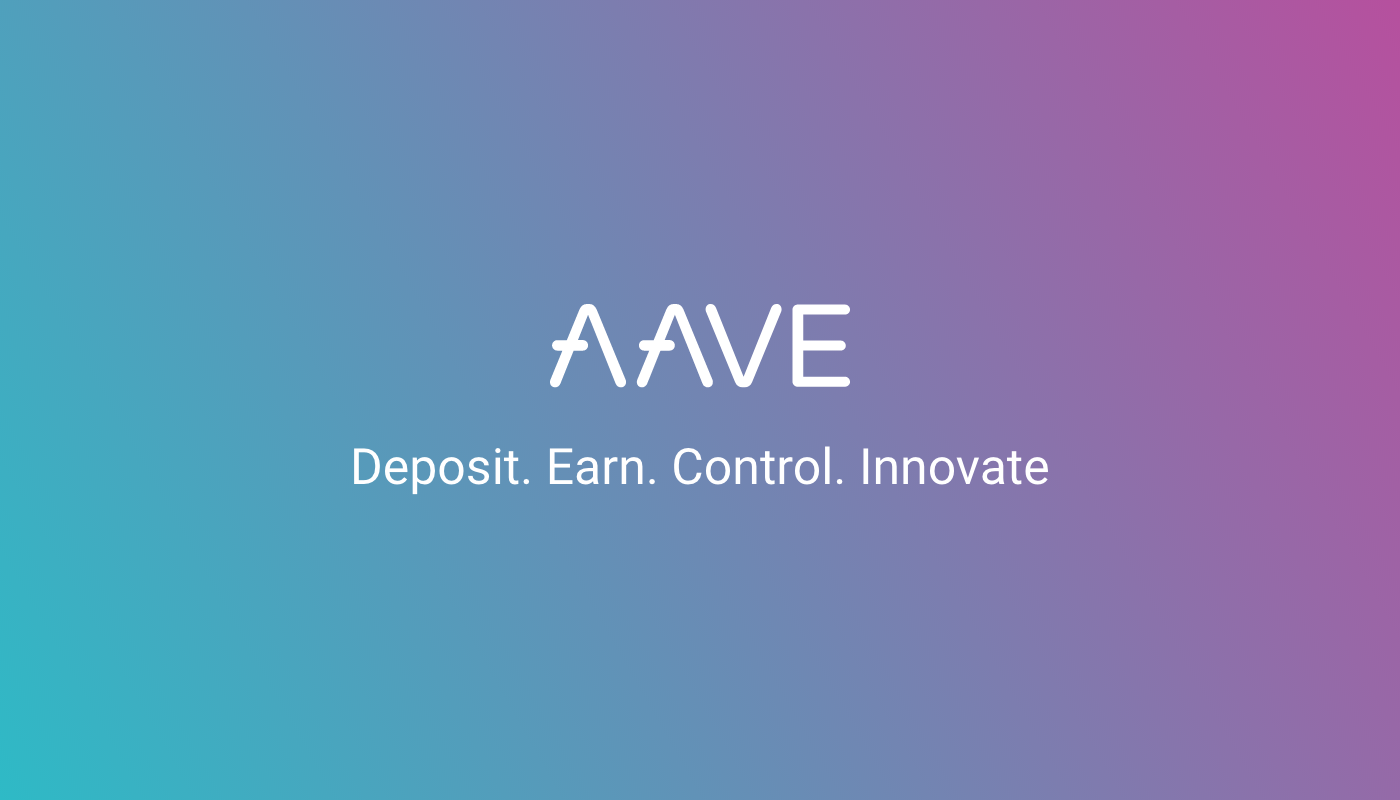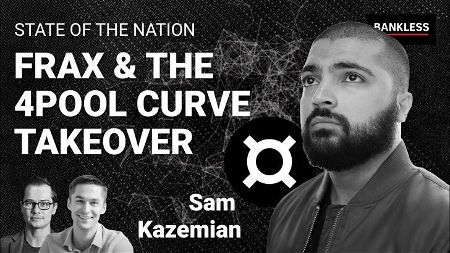8 things stopping CeFi from integrating DeFi

 Cartesi - Build app-specific rollups with Web2 tooling!
Cartesi - Build app-specific rollups with Web2 tooling!
Level up your open finance game five times a week. Subscribe to the Bankless program below.
Dear Bankless Nation,
We’ve talked about the Protocol Sink Thesis before. (here, here, and podcast here)
It predicts that eventually, the crypto banks will integrate DeFi. Due to their credible neutrality, DeFi protocols become economically dense and sink to the bottom of the crypto money stack.
DeFi becomes too good for CeFi to resist.
But today, only a handful of crypto banks are integrating DeFi. OkEx added the Dai Savings rate, Coinbase added interest rates for DAI—the door open. And we see a small protocol sink example or two every week.
But what’s stopping crypto banks from doing it faster?
Calvin is the strategy lead at Compound Labs. These days, he's plugged into the crypto hedge funds, exchanges, and custodians ecosystem more than anyone. He’s the guy that educates the institutions on DeFi protocols like Compound.
So we brought him in to share his experience so far.
And make no mistake. Just because it hasn’t happened yet today, doesn’t mean it won’t. Once the first domino falls, the rest will follow.
The protocol sink thesis predicts DeFi will become the base layer for crypto banks.
A necessary step before it becomes the base layer for legacy banks.
- RSA
🙏Sponsor: Aave—earn high yields on deposits & borrow at the best possible rate!
THURSDAY THOUGHT
Guest Post: Calvin Liu, Strategy Lead at Compound Labs
8 things stopping CeFi from integrating DeFi
Last weekend, I showed my dad how to use Compound.
It took roughly two hours for him to have a comfortable understanding of the following steps and mechanics:
- Sending USD to a major exchange
- 2FA’ing his exchange account
- Trading USD for a stablecoin
- Trading some of the stablecoin for ETH
- Installing Metamask and securing his private key
- Sending ETH and the stablecoin to Metamask
- Learning to monitor transactions on Etherscan
- Connecting Metamask to Compound
- Enabling the stablecoin in Compound
- Supplying the stablecoin to Compound
- Finally, starting to earn interest
This is an 11-step process where every step is complicated.
It’s probably a story that’s no surprise to you, a Bankless reader. You’ve heard it before.
DeFi is complicated, it’s too hard to use, it needs dramatic UX improvements in order to cross the chasm to mainstream and retail use.

For illustrative purposes only - not Calvin's actual dad. Meme courtesy of @FarmerDeFi
But it doesn’t have to be this way
This “major exchange” could have, in a fairly straightforward manner, abstracted away steps 4-10 into the click of a single button, so that my dad would never even have to leave the exchange and could still accomplish his goal of earning the Compound protocol’s interest rate. This exchange could have automated 4-10 steps entirely with code, and it would have been 10x faster, cheaper, and easier.
My dad’s a single drop in an ocean of potential DeFi users. The total DeFi TVL is over $4 billion and climbing fast. All of it (literally ALL OF IT) are users seeking out DeFi protocols directly, and independently figuring out how to access and use them.
Every one of these users is figuring out these 11 steps by themselves because the value proposition of a protocol like Compound is simply that high—it makes it worth it to figure out.
These users may onboard into crypto through centralized exchanges, but they quickly leave to use DeFi protocols. And at the rate of innovation in DeFi, they may never go back.
This should be scary for large centralized exchanges. They print money, are run by some of the smartest people in the world, and have every capacity to integrate DeFi protocols.
They could easily enable their users to access DeFi so they never have to leave the exchange. Yet in a short time, these exchanges have lost over $4 billion of AUM to a complex, hard-to-use, rudimentary decentralized financial system that wants to eat every centralized exchange’s lunch.
So it seems clear there is a strong business case why large centralized exchanges should integrate DeFi protocols into their platforms.
It seems clear that with the money and resources at their disposal, there’s no insurmountable obstacle to doing so.
After all, it is the point of most DeFi protocols to easily integrate with third-party products. Yet exchanges haven’t integrated DeFi protocols in any meaningful way to date.
Why Not?
At Compound Labs, I’ve spent a lot of time speaking with large centralized exchanges and similar financial institutions about DeFi.
So here are some takeaways from my experience on why CeFi isn’t integrating DeFi:
1. Lack of technical familiarity
One of the driving reasons is technical unfamiliarity with the complexity of smart contracts outside of transfer functions. Most employees at most exchanges have never used a DeFi protocol; almost none have deep Solidity engineering experience; some exchanges have never even seen Etherscan.
2. Uncomfortable with smart contract custody
Exchanges balk at the concept of smart contract custody, whereby funds have to leave the exchange platform and sit in a DeFi protocol smart contract, even though private keys remain secured by the exchange.
3. Afraid of hacks
This ties into smart contract security—past high-profile losses and hacks in DeFi remain negative signals for every single DeFi project today. Because most exchanges are not deeply technically familiar with how DeFi works, their uncertainty opens space for a perception of danger. All people tend to fear what they don’t understand. They prefer the known, safe path.
4. Hard to upgrade existing infrastructure
Even if they do understand DeFi, there’s still a ton of friction to adapt standard exchange infrastructure to be DeFi-friendly. For example, integrating DeFi would require major upgrades to both key management and accounting processes.
Most exchanges have a small number of wallets holding large amounts of cryptocurrency, and user balances are pooled, not held in separate accounts. Instead, exchanges track user balances in centralized accounting systems, and only move funds when they have to—e.g. for a user withdrawal. If these exchanges now have to track DeFi interactions, as well as batch and pay gas fees, requirements around internal key management and accounting systems start to complexify significantly and quickly.
5. Little incentive to innovate on business model
All of the above is compounded by the fact that the exchange business model is an excellent one as is and there’s little incentive to take risks outside of the core business model. Running an exchange requires a large upfront fixed cost investment into infrastructure, and then low costs to support an infinite amount of new trading markets.
Each new market added is essentially a new revenue stream with near 100% profit margin, which makes it compelling to run an exchange, not as a business focused on technical and product innovation, but instead, as a business focused on cheap customer acquisition.
6. Focused on monetizing trading volume
Furthermore, most exchange business models monetize only trading volume, not AUM, while most DeFi protocols measure success in terms of a non-custodial analogy to AUM—popularly TVL. It’s a straightforward potential business model to capture AUM and monetize it in order to augment trading-driven revenue, but that’s outside the natural business model that most exchanges have already developed.
7. They’re risk-averse
The dominant trading-focused exchange business model and its current profitability drives a roadmap that doesn’t need to be progressive, or visionary, or bold.
It just needs to not implode.
Besides that, many exchanges are quite large, with teams spread globally. This means making high-risk strategic bets is both difficult to coalesce around and scarily high-impact. It could be an existential risk to an exchange to choose to go a direction its competitors are not going. If you’ve already got a profitable business, why disrupt it?
8. Legal uncertainty
And finally, legal and regulatory uncertainty. Exchanges already operate under a regulatory microscope. While there are certainly some DeFi protocols that have been created and launched the “right” way, that are truly non-custodial and compliant, it is still scary as a large exchange to be first to any sort of new activity that has not been done before.
Fortune Favors the Bold
There are literally hundreds of crypto exchanges today. Which will we remember, and still use, in 10 years, or 20 years, or even 100 years, when all the others have faded away?
To find the answer, I think we look to the exchanges that are brave enough to look beyond the incremental revenue gains available on their current roadmaps and take on challenges that actually have 10-100x growth potential—that have the ability to completely evolve the exchange industry, not just marginally improve it.
Crypto is an exponentially growing industry, and if an exchange want to keep up, its business also needs to innovate at an exponential rate. It’s too early in the crypto industry to follow “best practices”—you have to invent them.
Closing out with two anecdotes
One is FTX, which has suddenly and extremely aggressively started to land grab DeFi from its exchange competitors.
Not only is FTX making direct investments into numerous DeFi projects that could one day form a powerful constellation of networked offerings, but it is also involved with launching Project Serum, a DEX built on a new L1 called Solana. Decisions don’t really get bolder than that. In the best case, this is an industry-dominating strategic decision. And no matter what happens, we’ll remember FTX for this effort, and this effort will push the entire exchange ecosystem forward.
The second is the listing of the Compound Tether (cUSDT) ERC-20 token on both Poloniex and FTX. Figuring out the product side of integrating DeFi functionality into centralized exchange architecture is novel and difficult.

Poloniex announcing cUSDT listing
Poloniex and FTX made an effort to deeply understand how the Compound protocol works and realized that by simply listing cUSDT, they could provide interest rate benefits to their users, since any address holding cUSDT captures the cUSDT interest rate, and receives the COMP governance token. This “integration” captures much of the magic of the Compound protocol while requiring very little adjustment to Poloniex and FTX’s natural operations.
This is an effective and low-cost first-step to deeper DeFi integration and highlights that while integrating DeFi functionality may at first seem daunting, there are many potential solutions out there, waiting to be implemented.
Next Up
DeFi is no longer just a “feature” for exchanges to consider slotting into a corner of their product suite.
It is a growing universe of protocols and financial primitives that exchanges need to build an entire strategy around.
And the strategy is no longer as simple as copying your competitors—you have to make big bets, or you will become irrelevant. Bet on what you think the future of the crypto-financial system will look like in 10 years, in 20 years. That is how you build a dynastic business.
If it were easy, everyone would do it. Because it’s hard, it will provide outsized rewards.
I can’t wait for exchanges to start realizing this en masse.
Next up, the banks :)
Action steps
What are some of the reasons CeFi isn’t integrating DeFi?
Keep an eye out for crypto banks incorporating DeFi into their business
Learn more about the Protocol Sink Thesis
Author Bio
Calvin Liu is the Strategy Lead at Compound Labs. He’s also an active angel investor in early-stage crypto & DeFi projects.
🙏Thanks to our sponsor
Aave
Aave is an open source and non-custodial protocol for money market creation. Originally launched with the Aave Market, it now supports Uniswap and TokenSet markets and enables users and developers to earn interest and leverage their assets. Aave also pioneered Flash Loans, an innovative DeFi building block for developers to build self-liquidations, collateral swaps, and more. Check it out here.

Not financial or tax advice. This newsletter is strictly educational and is not investment advice or a solicitation to buy or sell any assets or to make any financial decisions. This newsletter is not tax advice. Talk to your accountant. Do your own research.
Disclosure. From time-to-time I may add links in this newsletter to products I use. I may receive commission if you make a purchase through one of these links. I’ll always disclose when this is the case.
 Ryan Sean Adams
Ryan Sean Adams 


